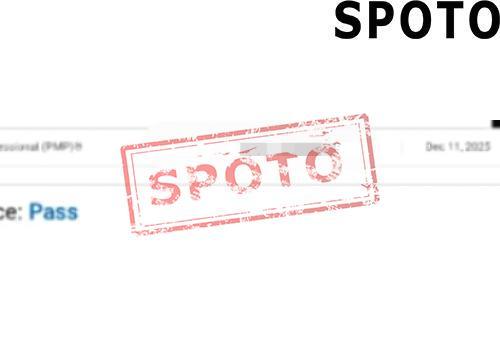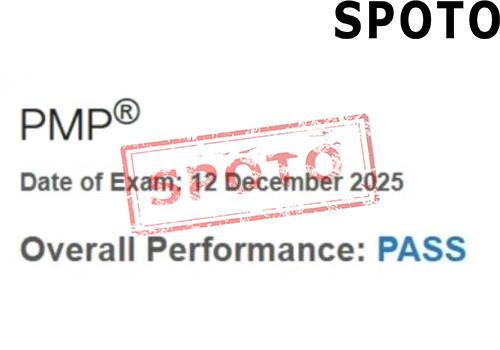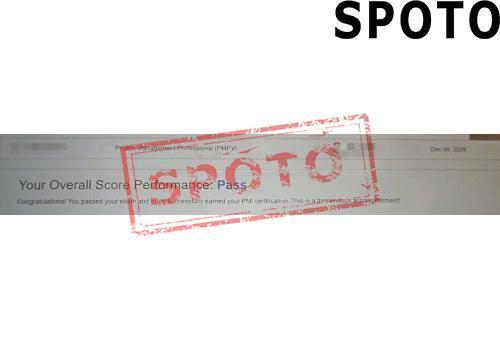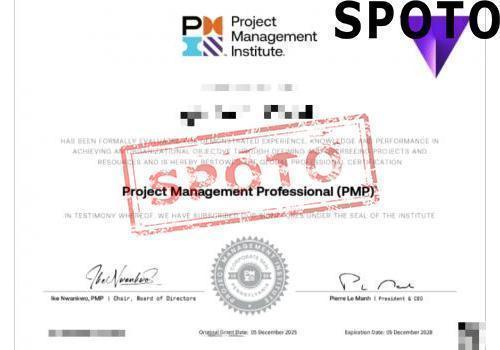
Table of Contents
Passing the PMP® (Project Management Professional) exam requires more than just understanding project theory — it also involves mastering a series of key PMP formulas used to calculate performance metrics, risk, and schedule efficiency.
In this guide, we’ll cover the most important PMP formulas, explain when to use them, and give you examples to make learning easier. These formulas are essential for solving Earned Value Management (EVM), Communication Channels, Expected Monetary Value (EMV), and more.
📌 Why Are PMP Formulas Important?
On the PMP exam, you can expect 15–20 formula-based questions, especially in cost, schedule, and risk management. Having these formulas memorized and practiced can make a significant difference in your exam score and overall time management during the test.
🧠 Must-Know PMP Formulas (With Examples)
1. Earned Value Management (EVM) Formulas
EVM helps you measure project performance using time and cost metrics.
| Formula | Name | Explanation |
|---|---|---|
| EV = % Complete × BAC | Earned Value | Value of work actually completed |
| PV = Planned % × BAC | Planned Value | Value of work that should have been completed |
| AC = Actual Cost | Actual Cost | Total cost incurred so far |
| SV = EV - PV | Schedule Variance | Ahead/behind schedule |
| CV = EV - AC | Cost Variance | Over/under budget |
| SPI = EV ÷ PV | Schedule Performance Index | Efficiency of time use |
| CPI = EV ÷ AC | Cost Performance Index | Efficiency of cost use |
2. Forecasting Formulas
| Formula | Use |
|---|---|
| ETC = EAC - AC | Estimate to Complete |
| EAC = BAC ÷ CPI | Estimate at Completion (typical performance) |
| EAC = AC + (BAC - EV) | EAC (atypical performance) |
| EAC = AC + (BAC - EV) ÷ (CPI × SPI) | EAC (both cost & schedule impact) |
| VAC = BAC - EAC | Variance at Completion |
3. Communication Channels Formula
This is often a quick point on the exam.
-
Formula:
n(n – 1) ÷ 2
wheren= number of stakeholders -
Use: Calculates the number of communication channels in a project.
Example: If you have 6 stakeholders → 6(6–1)/2 = 15 channels
4. Expected Monetary Value (EMV)
Used in risk analysis to calculate potential gains/losses.
-
Formula:
EMV = Probability × Impact
Example: A risk has a 25% chance of causing a $20,000 loss →EMV = 0.25 × -20,000 = -$5,000
5. Decision Tree Analysis
-
Uses EMV to calculate multiple outcomes across branches.
-
Choose the branch with the highest positive EMV.
6. Standard Deviation in Estimation (PERT)
Used for 3-point estimation in schedule planning.
-
Expected Time (TE):
(O + 4M + P) ÷ 6 -
Standard Deviation (SD):
(P – O) ÷ 6
Where:
-
O = Optimistic estimate
-
M = Most likely estimate
-
P = Pessimistic estimate
7. Cost of Quality (COQ)
COQ = Cost of Conformance + Cost of Non-conformance
-
Conformance: Prevention & appraisal costs
-
Non-conformance: Failure & rework costs
📋 PMP Formulas Cheat Sheet (2025)
Here’s a quick cheat sheet for last-minute review:
| Formula | Category |
|---|---|
| EV = % Complete × BAC | EVM |
| PV = Planned % × BAC | EVM |
| AC = Actual Cost | EVM |
| SV = EV - PV | EVM |
| CV = EV - AC | EVM |
| SPI = EV ÷ PV | EVM |
| CPI = EV ÷ AC | EVM |
| ETC = EAC - AC | Forecasting |
| EAC = BAC ÷ CPI | Forecasting |
| VAC = BAC - EAC | Forecasting |
| Communication Channels = n(n–1)/2 | Communication |
| EMV = Probability × Impact | Risk Management |
| TE = (O + 4M + P) ÷ 6 | Estimation |
| SD = (P – O) ÷ 6 | Estimation |
✅ How to Memorize PMP Formulas
-
Use flashcards: Test yourself regularly.
-
Practice mock exams: Especially those with EVM and EMV questions.
-
Group formulas by category: It’s easier to learn them logically.
-
Apply them to real-life scenarios: Reinforces memory with context.










